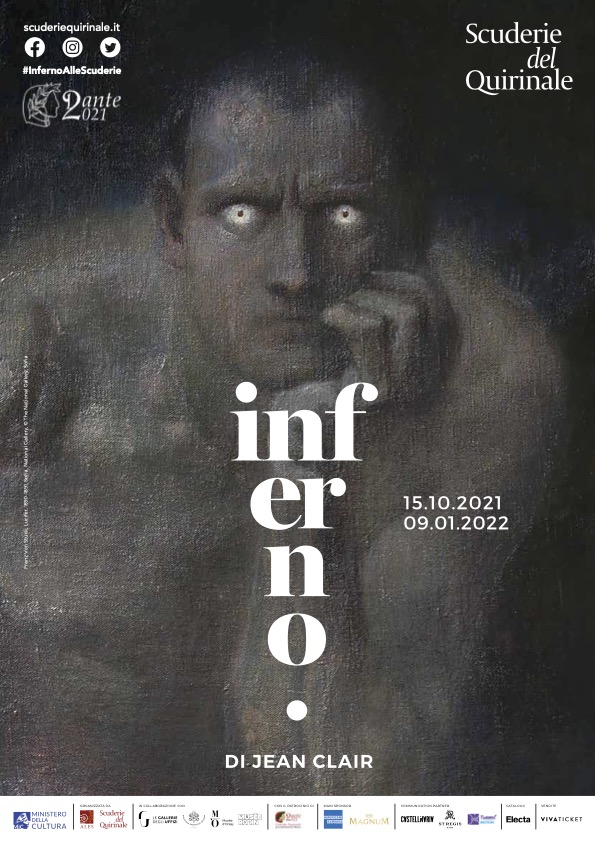Dante’s Inferno. The Illustrated Canon
Sandro Botticelli, The Divine Comedy: The Abyss of Hell, 1481-1488, Vatican City, Biblioteca Apostolica Vaticana
The cabinets in the centre of the rooms in this part of the exhibition offer a series of illustrations of the Divine Comedy, such as those by Federico Zùccari, William Blake, Gustave Dorè. Up until the eighteenth century, the privileged subject for these illustrations was the association between author and work. Lucia Ricci, in her critical contribution, makes an important distinction between the "primary story" - that is the account of the otherworldly journey of the pilgrim Dante - and the "secondary stories", that is, the life stories told by various characters, such as Francesca, or Ugolino.
These "stories" began to circulate in the mid-sixteenth century, and encountered great success thereafter, giving rise to works that live outside the margins of books.
But the first illustrated incunabula and the first drawings - just like the first manuscripts - clearly privileged the “primary story”, starting from the opening scene: Dante lost in the forest, the hill, the wild beasts, Virgil. This is the subject of the first printed illustrated Comedy. That of Cristoforo Landino, published in 1481, to which probably collaborated the goldsmith Baccio Baldini and Sandro Botticelli. And this is also the subject of the extraordinary “Dante in carta pecora” composed by Sandro Botticelli between 1485 and 1490, for Lorenzo di Pierfrancesco Medici.
In the fifteenth and sixteenth centuries the illustrations focusing on the infernal topography also had a decisive importance. The editions of the Comedy illustrated exclusively with diagrams and maps of the Afterlife, such as that of Filippo Giunta in 1506, are successful. These publications also have a scientific purpose; those made by Giovanni Stradàno, Jacopo Ligozzi and Lodovico Cigoli, were used for lectures on Dante held at the Florentine Academy by Galileo Galilei.
In the late eighteenth century, as we said, will become popular the stories of secondary characters, which could also be merged with that of Dante. In the illustrated edition of Gustave Doré's Comedy, the plates illustrating the poet’s journey intertwine freely with those dedicated to the kiss of Paolo and Francesca or to Ugolino's tragic days in the tower.



